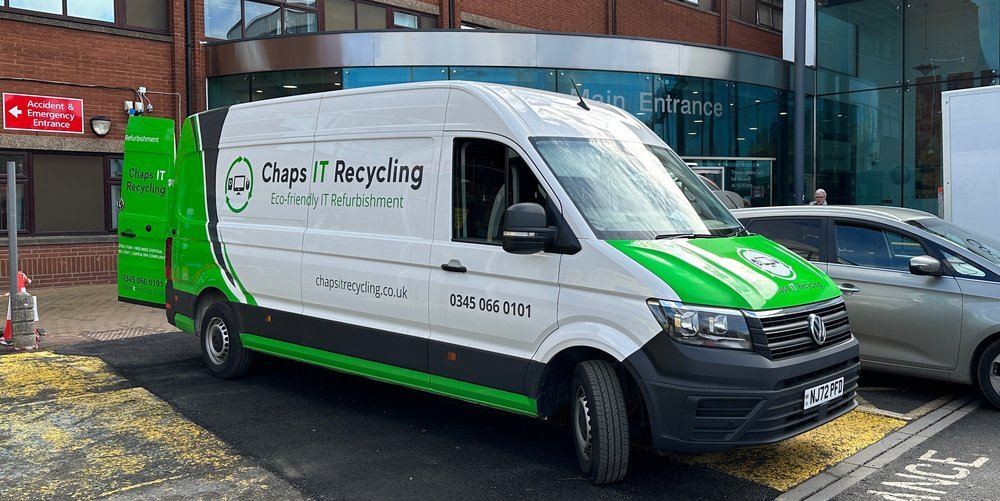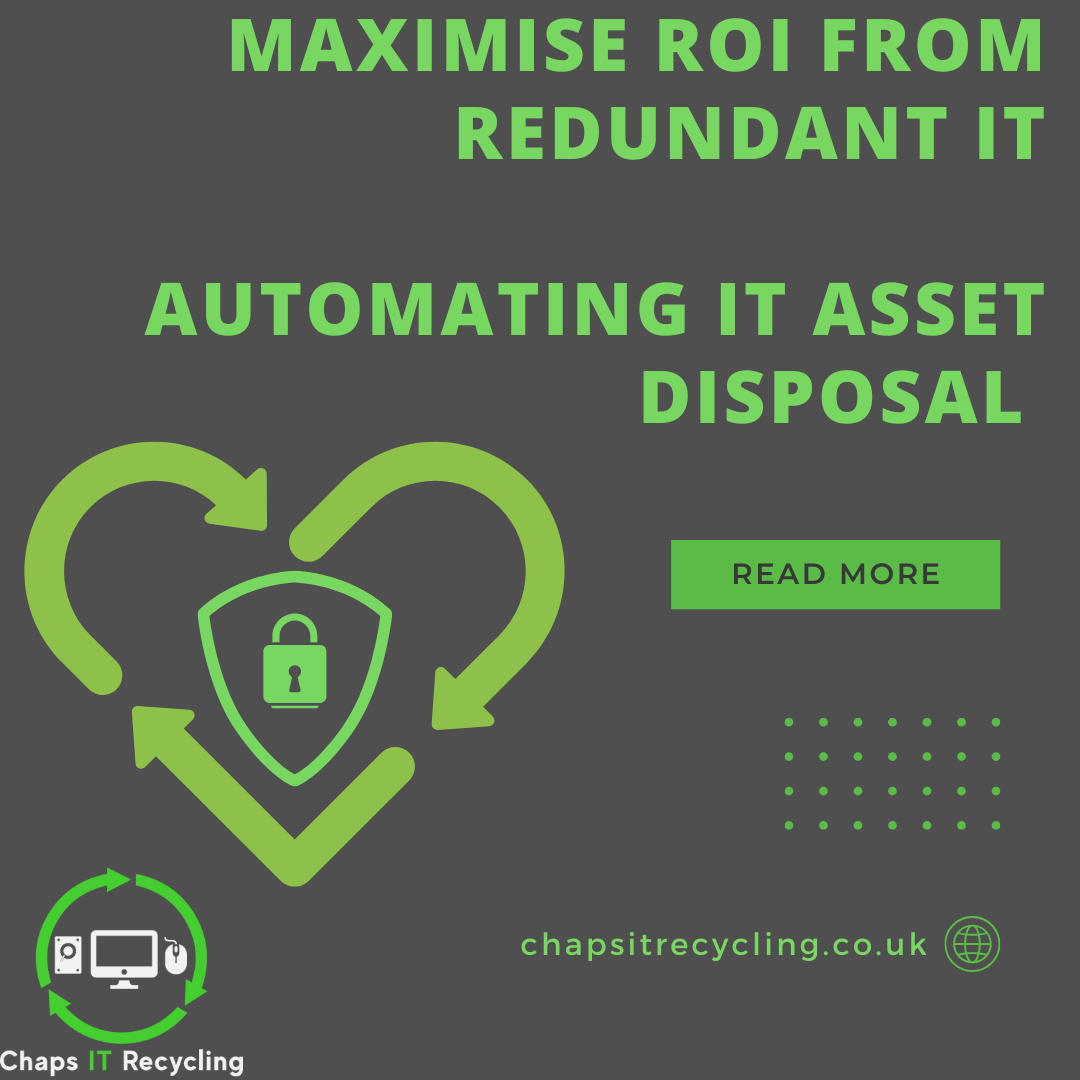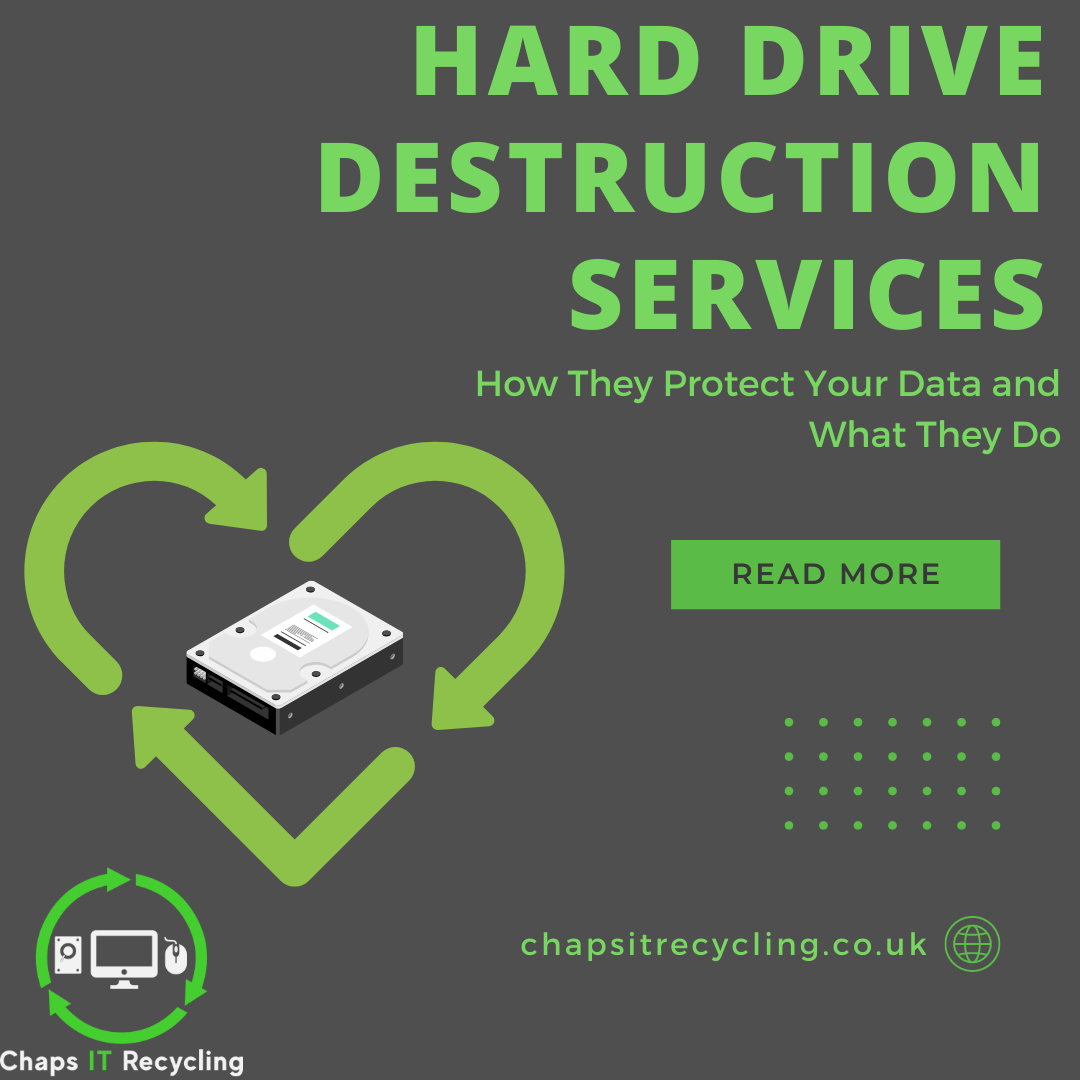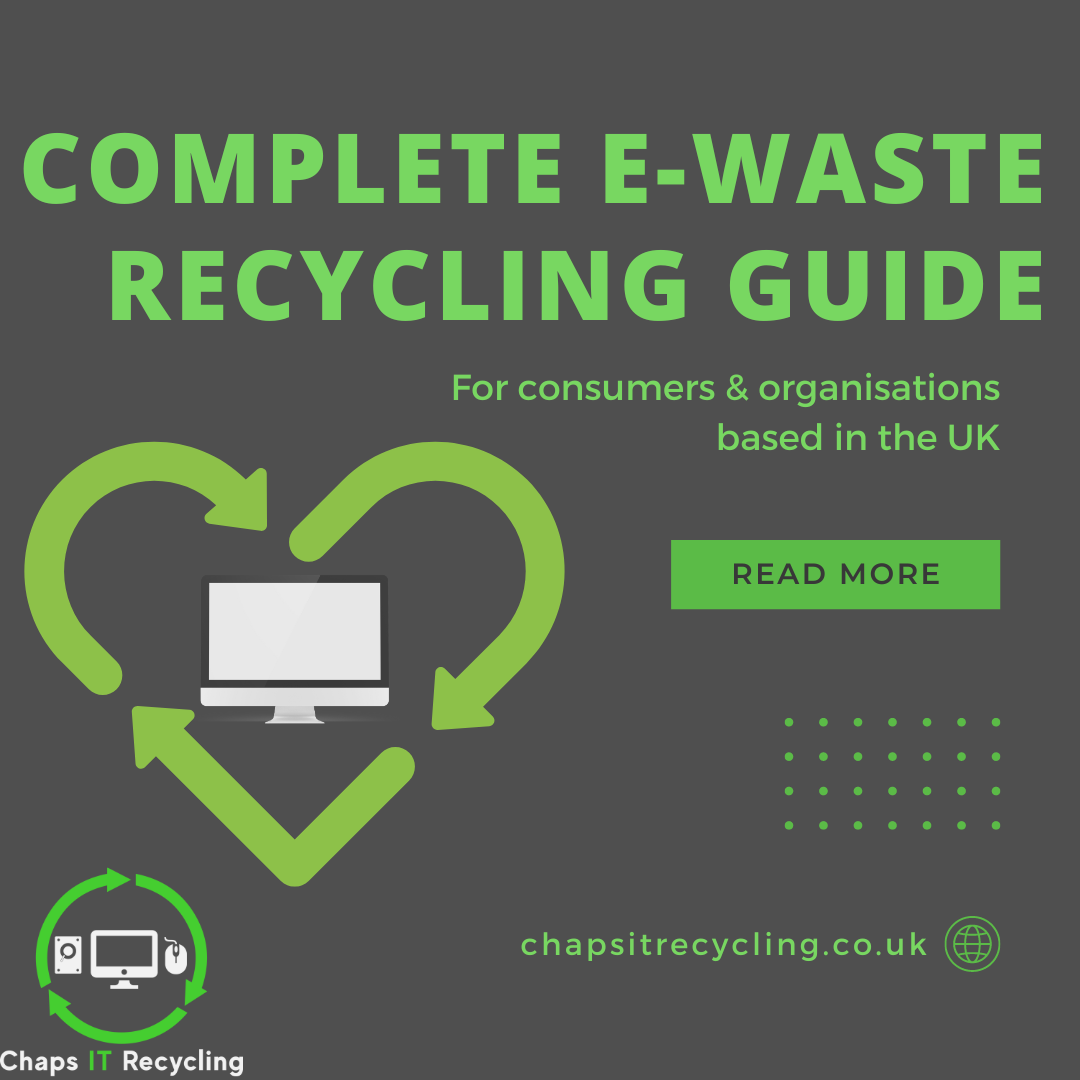Most asset disposal charges are offset and carry no disposal fee excluding a few exceptions which can be found on our Items We Collect Page
Each collected asset will be categorised as follows.
Remarket Asset – Assets which hold good resale value, these assets will be liable for a rebate and can earn Offset Credits* to offset any costs incurred with disposal assets or be withdrawn as revenue
* (Excluding Asset Purchasing Remarketing Solution)
Offset Asset – Assets will be used solely for the purpose of covering any processing costs incurred during the IT Asset Disposal process earning Offset Credits.
Disposal Asset – Assets which hold no re-sale value and will be processed and the scrap value retained for offsetting disposal & processing cost of this asset.
All Offset & Remarket assets carry a free of charge recycling solution, and only certain disposal assets will be eligible for a surcharge where costs cannot be offset more info on these assets can be found:
Items We Collect Page
Through this system, we ensure that assets with low resale value are either reintegrated into your revenue stream or used to offset the disposal costs of non-resalable assets.
In the following section, we provide a detailed breakdown of asset classification and criteria.

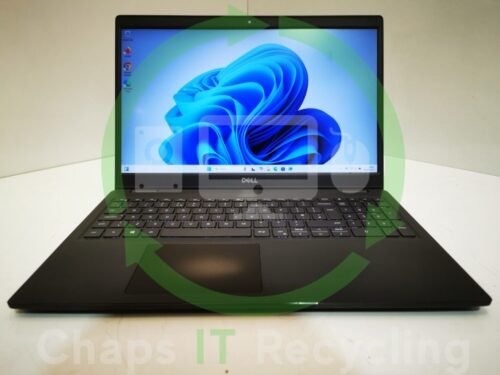
The rebate value is calculated from a fair estimated market price of the asset therefore grading is only important for the accruement of Offset Credits* (Excluding Asset Purchasing Solution)
Grade A – Asset is in excellent condition with no defects
Grade B – Asset is in good condition with no defects
Grade C – Asset is in average condition with no defects
Remarket assets are elegible for accrument of offset credits & can return up to 40%* Of the assets Fair market value – Credited at the time of processing your assets for data destruction.
* Subject to remarketing fees and value of the asset, return may fluctuate.
Grade A – Asset which is eligible for re-use and the costs associated will be used to cover the costs associated processing this asset but are not eligible for remarketing and used for offsetting disposal costs and earning Offset Credits
Grade B – Device may be eligible for re-use via bulk re-sale or sold via trade channels but hold average value to cover the associated processing costs with this asset, and used for offsetting disposal costs and earning Offset Credits
Grade C – Device may be able for re-sale or re-use via bulk re-sale or sold via trade channels but hold poor value but will cover the associated processing costs.
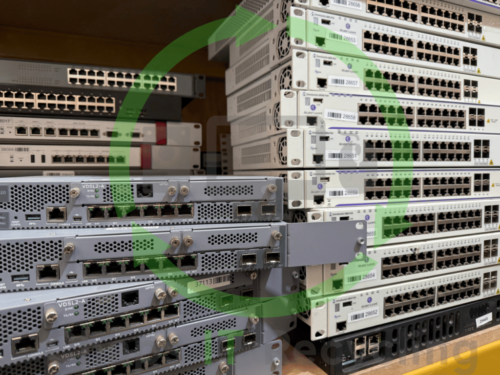
Classified as end-of-life asset that no longer holds resale value and must be securely disposed of.
Our disposal process ensures compliance with environmental regulations and industry standards, guaranteeing responsible and secure handling of all end-of-life assets.
In some cases, a surcharge may apply if the costs associated with disposal cannot be offset by the device’s remaining value or if additional processing expenses are incurred.
Any surcharges will be advised based on any photos or information supplied when making contact on a per asset basis.
All applicable surcharges can be found in our Items We Collect Page
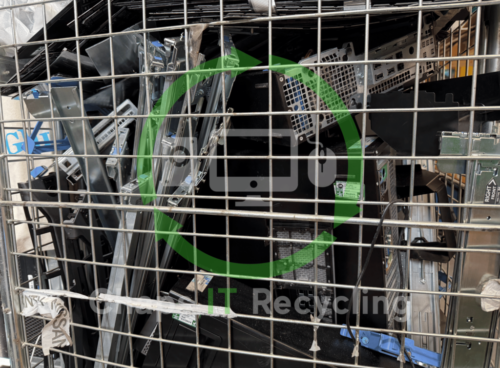
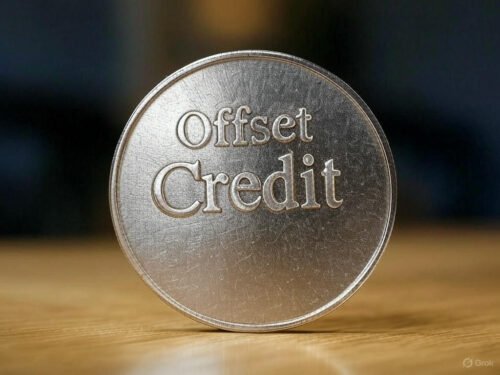
Assets that classified at Remarketing or Offset Grade A / B assets are eligible to accrue offset credits.
Offset credits earned will initially be allocated to cover surcharges and collection charges where applicable.
Offset Credits which exceed any surcharges on the Pricing Schedule can be paid back to your organisation in the form of:
Revenue – Paid via invoice within 30 Days
Gift Vouchers – For use with all known retailers
Chapsdirect.co.uk – Used on our online retail platform with a +10% markup.
Credit – To be allocated for further collections and offset disposal & collection charges
Of course, these classifications are based on specific criteria that determine whether a device falls under Remarket, Offset, or Disposal. This ensures transparency and maximized value for organisations.
To maintain clarity, we provide a detailed document—updated every six months—outlining the reasoning behind each classification. This is based on factors such as the age and specifications of the assets being disposed of, ensuring organizations have a clear understanding of how their IT equipment is valued and processed.


